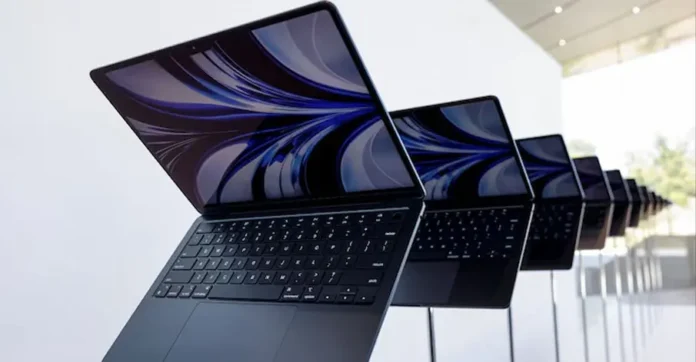
Apple is reportedly developing a new low-cost MacBook that could be powered by the same chip destined for its upcoming iPhone 16 Pro models. Well-known Apple analyst Ming-Chi Kuo revealed that the device will likely feature the A18 Pro chip, marking a significant departure from the company’s traditional reliance on its M-series processors for Mac devices.
In a recent Medium post, Kuo stated that “Apple plans to begin mass production of the new device between the fourth quarter of 2025 and the first quarter of 2026.” The company is aiming for an annual production volume of 5 to 7 million units, positioning the new MacBook as a more accessible entry into Apple’s laptop lineup. Target markets may include students and educational institutions, where affordability and performance balance are key.
The strategic use of the A18 Pro, which is expected to debut in the iPhone 16 Pro later this year, could help Apple reduce manufacturing costs. By reusing an already-optimized, energy-efficient chip, Apple may cut back on the expenses tied to its high-end M-series silicon while still delivering strong performance for everyday computing needs.
Design-wise, rumors suggest that this new 13-inch MacBook could follow Apple’s colorful aesthetic seen in the iMac and iPad lines, possibly coming in silver, blue, pink, and yellow options. The new device is also anticipated to sit below the MacBook Air in Apple’s lineup, which currently starts at $999. Industry watchers estimate a possible price range of $700 to $800, though no official pricing has been confirmed.
On the performance front, early analysis from 9to5Mac hints that the A18 Pro may “match or even surpass the original M1 in certain tasks, especially in single-core performance.” However, it is not expected to rival the M-series in GPU-intensive or pro-level workloads, suggesting this device will cater more to general consumers than creative professionals.
While Apple has not made any official statements about this MacBook, the move could signal a shift in its hardware strategy—aiming to compete more directly with lower-priced Windows laptops and Chromebooks in global markets.





